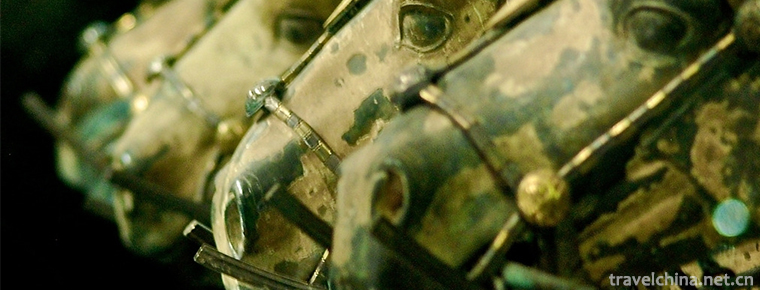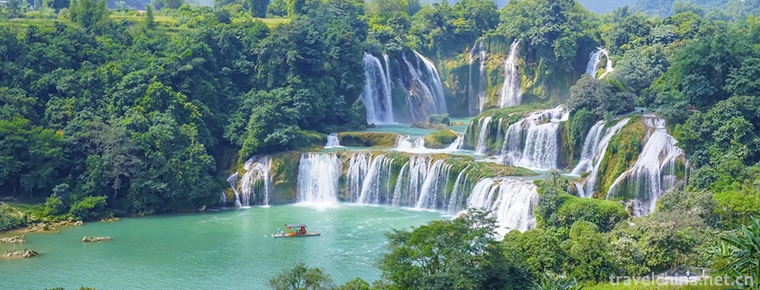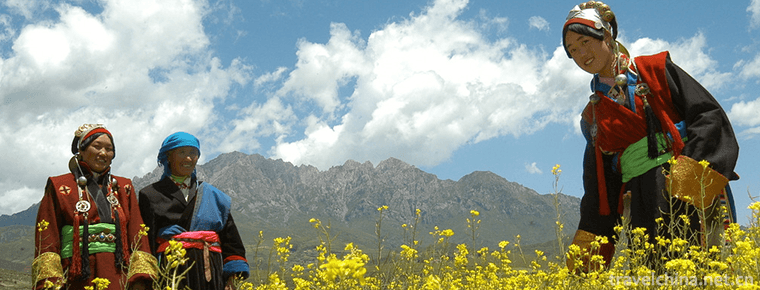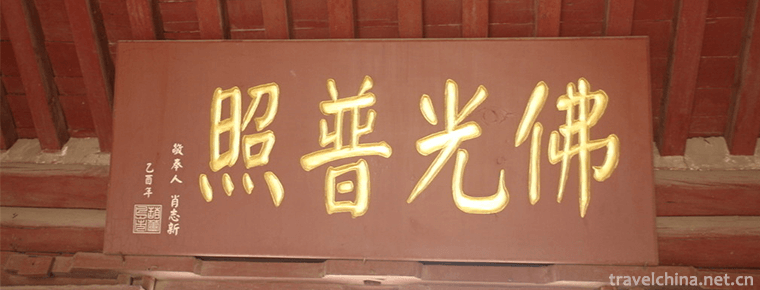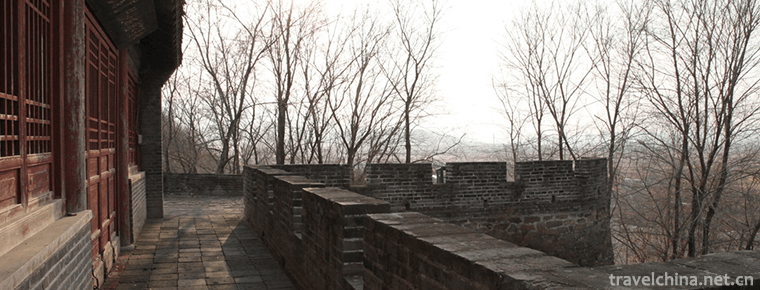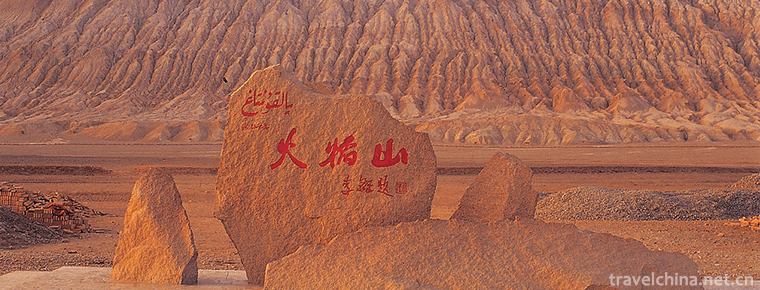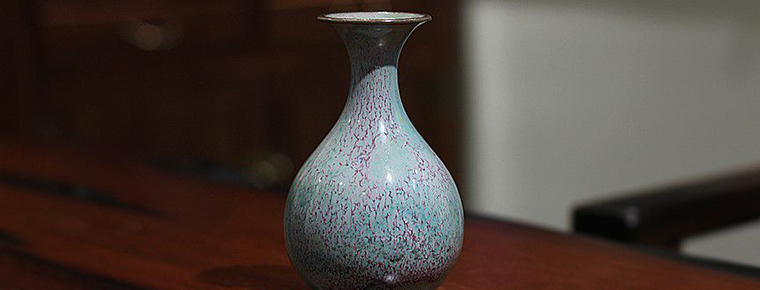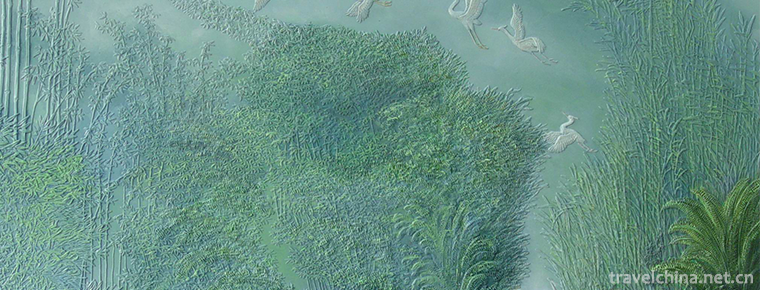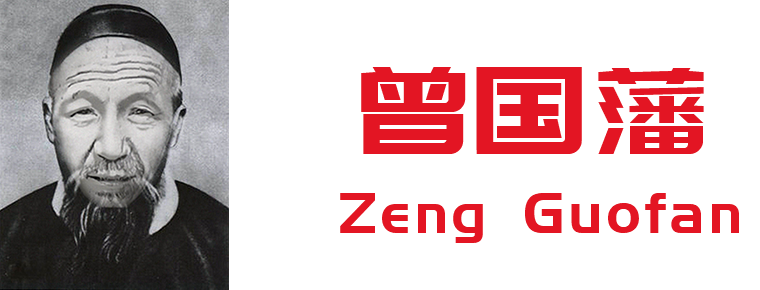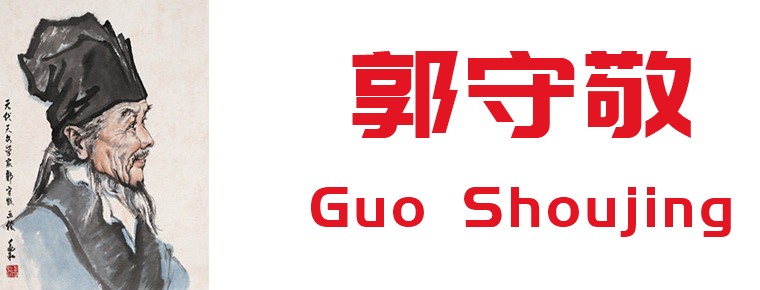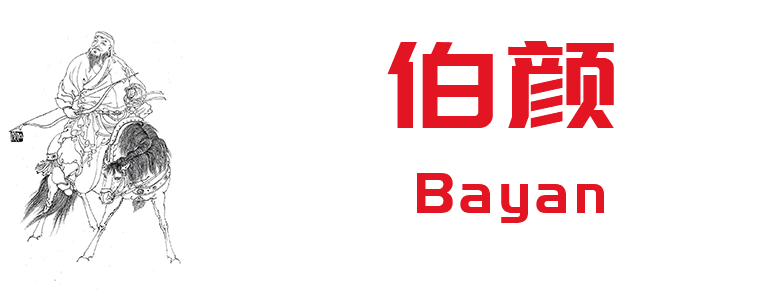Shibao Mountain Song Club
Shibao Mountain Song Club
The Bai Jianchuan Shibao Mountain Song Festival is held every year from 27 to 29 July of the lunar calendar for three days. At this time, tens of thousands of young Bai men and women and singers from Jianchuan and adjacent counties such as Dali, Eryuan, Yunlong, Lanping, Heqing and Lijiang gather in Shizhong Temple, Baoxiang Temple, Haiyunju Temple and Jinding Temple, playing Bai love songs in front of solemn gods. The lyrics are graceful, graceful and pleasant. They commemorate a beautiful young female singer two thousand years ago. At the same time, they can make new friends and even find lifelong companions. As some singers describe it: "On Shibaoshan, to the singing ground, songs like spiritual springs are constantly rooted; songs like leaves on the mountain, voice knots heart sounds."
On June 14, 2008, the Shibao Mountain Song Society declared by Jianchuan County, Yunnan Province, was approved by the State Council to be included in the second batch of national intangible cultural heritage lists.
historical origin
Jianchuan Bai Shibao Mountain Song Club is a traditional festival featuring song contest. It is held in Shaxi Town, Jianchuan County, Shibaoshan. According to textual research, Shibao Mountain Song Club has a history of thousands of years. "Manshu" Volume 8 of the Tang Dynasty: "Young children parade in the lane at dusk, blowing pot Lu (gourd) Sheng, or blowing leaves. Among the sounds and rhymes, all send love words. "It's very similar to singing or blowing leaves at a song to attract each other. The white song "Shanhua Style" (that is, the first, second and third lyrics are seven words and the fourth sentence is five words) which was sung in pairs at the concert, can be traced back to the Tang Dynasty at the earliest.
Folklore Legend
Legend I
The meeting period of Shibao Mountain Song Festival is from July 27 to 29 of the lunar calendar every year. At this time, young Bai men and women and singers from Jianchuan and adjacent counties such as Dali, Eryuan, Yunlong, Lanping, Heqing and Lijiang gather in Shibaoshan to play songs.
Legend has it that a beautiful Bai female singer sang beautiful songs in Baoxiang Temple for three days and three nights, and died peacefully in the song. People say that she is a "Qushen" going down to earth, they respect her as "Qumu". And built a tomb for her in Shibaoshan. Later, everyone who goes to the Shibaoshan to sing songs, male and female, will kowtow at Qum's grave first. It is said that in order to sing well, you can meet your loved ones in the song. Until now, every year in Baoxiang Temple and Shizhong Temple, singers have to set up a singing platform, singing competitions in the daytime, and young men and women in the woods, boulders, fire ponds singing tunes to express love each other at night. Shibao folk songs will have a strong national flavor.
Legend II
About the origin of the song, there are many mysterious and beautiful legends. According to legend, the giant stone in the shape of stone bell in Shibaoshan was originally a golden bell. Whenever the golden bell rings, the Shaxi Dam beneath the hill is in good weather. Later, a nine-headed dragon spouted fire, turning the golden bell into a stone bell, and at any time rejuvenating evil spirits, often bringing drought and insects to the dam.
In Shaxi, a couple named Ashbo and Aguiniu were enlightened by their gods. Knowing that the evil dragon and demon can be broken by singing, they invited ten sisters and ten sisters to sing songs in Tiantianshan Mountain, and finally defeated the evil dragon. Ashbo and Aguiniu were also killed in the battle against the dragon. In order to commemorate the couple, people go up to the mountains every year to sing songs, which have been handed down from generation to generation.
Folklore Activities
Jianchuan Shibaoshan is located in the Laojunshan system about 25 kilometers southwest of Jianchuan County. The hilly peaks and green onion cages are not only the site of Nanzhao Marble Grottoes, known as the "treasure of the South Heaven", but also the venue of the annual Bai People's Song Festival.
Shibao Mountain Song Festival is a grand national traditional festival in Bai nationality area. It is held from July 27 to August 1 of the lunar calendar. It is famous for its endless stream of tens of thousands of people going up the mountain and singing songs to their will. It has been passed down from generation to generation and is known as "Bai Song City". The popular Bai tune of Jianchuan is included in the world famous folk songs.
During the concert, Bai people from Jianchuan, Eryuan, Dali, Lijiang, Lanping and other counties and municipalities gathered here from all directions. While visiting the ancient temples in the mountains and forests, they opened their voices and sang songs without restraint. On the mountain trails of more than ten miles around, tourists weave like knitting, like complaints of three strings, melodious and melodious tones rise and fall one after another, echoing one another, and drifting in the mountains day and night.
String singing is originally a clever way for Bai youth to seek intimate partners by matching songs. Song clubs have naturally become their most open social occasions. Through understanding each other, comparing their abilities and telling their hearts, the lyrics of each song are so simple and innocent that they are interesting. Whenever there is a pair of wonderful chorus, spectators immediately gather around, from which people get the most beautiful artistic enjoyment, but also many young men and women through the singing of songs for centuries.
Naturally, it is not only young people who go up to the mountains to sing songs. Whether men or women, old or young, as long as they come up to the mountains, they should stretch their voices heartily. The old people think that singing Bai tune in the concert can bring happiness and auspiciousness, or they have made a wish to the gods at home on weekdays. In order to keep good luck and peace, they must go to Shibaoshan to sing hundreds of tunes, so singing tunes has become their wish. Middle-aged people, on the other hand, express their feelings and abilities by singing songs. The popular tunes of the concert are mainly Jianchuan tune, which is popular in the central dialect area of Dali, accompanied by the leading three strings or blowing leaves. The lyrics are in the traditional form of Bai poetry "371-5". The rhythm is rigorous and the rhythm can not be out of tune.
On the basis of familiarity with and mastery of traditional folk songs, excellent singers often use witty words to improvise in the face of the situation at that time. Once chess opponents will answer like a stream, singing day after day and night without winning or losing. Therefore, Shibao Mountain Song Club is not only a grand gathering for Bai people to express their feelings and praise their lives, but also a bridge for folk song art exchange and inheritance of folk art.
The main venue of Shibao Mountain Song Club is Baoxiang Temple District, known as "Yunnan Hangkong Temple". There are rugged rocks, mountain springs and winding stone steps leading to the precious stones built on the precipice. At the foot of the mountain, there are song tables and small squares. During the song festival, it has become a market specially serving the song festival. There are many vendors and various kinds of small commodities. Especially, snacks with various flavors and local specialties are the most abundant, which provides great convenience for people's leisure and entertainment, and also sets off a strong Festival atmosphere.
At night, the street became a meeting place for bonfire evening party. Young men and women played the unique "fragrant dragon" of Shibaoshan and danced with tyrant whip. Tourists from all regions also competed with each other to show their performances, sing and laughing, and merged into a sea of joy.
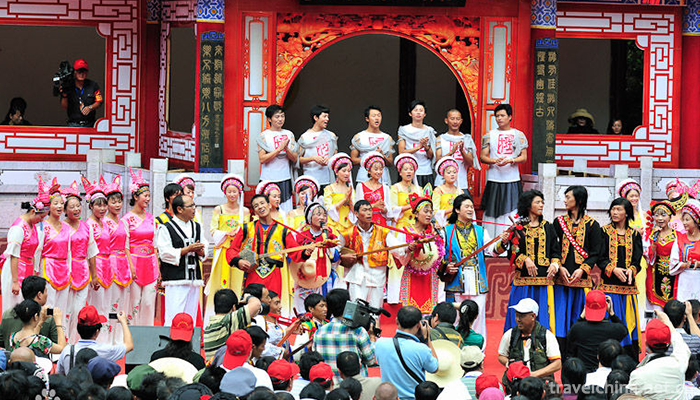
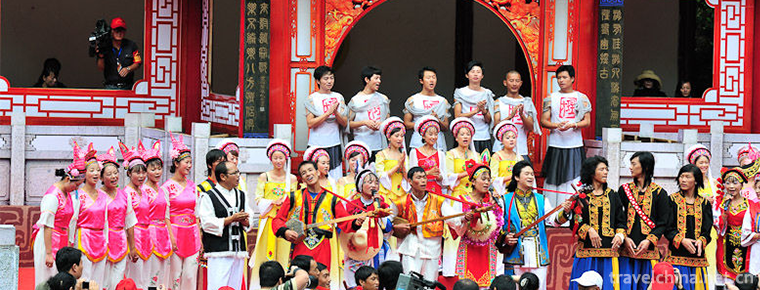
Shibao Mountain Song Club
-
Terracotta Army
Terracotta Warriors and Horses, terracotta warriors and horses of Qin Shihuang, also referred to as terracotta warriors and horses or terracotta warriors and horses of Qin Dynasty
Views: 210 Time 2018-11-11 -
Detian waterfall
Detian Waterfall is located in Detian Village, Shuolong Town, Daxin County, Chongzuo City, Guangxi Zhuang Autonomous Region. It is located in the upper reaches of Guichun River on the border between C
Views: 179 Time 2018-12-12 -
Mutual Aid Tu Nationality Hometown
Huzhu Tujia Hometown Scenic Area is located in Weiyuan Town, Huzhu Tujia Autonomous County, Haidong City, Qinghai Province. It is 31 kilometers away from Xining City
Views: 136 Time 2018-12-12 -
Feng Guo Temple
Fengguo Temple is located in Yixian County, Jinzhou City, Liaoning Province, China. It was founded in the ninth year of Kaitai, Liaoning Province (1020). It was first named Xianxi Temple and later cha
Views: 172 Time 2019-01-12 -
The ancient city of Hetuala
The ancient city of Hetuala is located in Yongling Town, Xinbin Manchu Autonomous County, Liaoning Province. It is 5 kilometers west of Qingyongling
Views: 232 Time 2019-01-13 -
Flaming Mountains
Flame Mountain in Xinjiang is the most famous scenic spot in Turpan. Located in the northern margin of Turpan Basin, the northern route of the ancient Silk Road is mainly composed of red sand
Views: 352 Time 2019-01-19 -
The Firing Techniques of Jun Porcelain
Jun porcelain firing technology, Yuzhou City, Henan Province, traditional handicraft, one of the national intangible cultural heritage.
Views: 200 Time 2019-05-08 -
Ou sculpture
Ou sculpture, commonly known as color oil-pickle sculpture, also known as "color relief", is a unique folk art in Wenzhou, Zhejiang Province, one of the local traditional arts and crafts. It
Views: 188 Time 2019-06-08 -
Zeng Guofan
Zeng Guofan (November 26, 1811 - March 12, 1872) was born in Zicheng. Zeng Zi The seventy generation sun. Modern Chinese statesman, strategist, rationalist and writer, founder and commander of Xiang a
Views: 190 Time 2019-09-07 -
Guo Shoujing
Guo Shoujing (1231 - 13 16). Xingzhou Xingtai county (now) Hebei Province Xingtai City People. Yuan Dynasty Famous astronomers, mathematicians, experts in Hydraulic Engineering Early teacher Liu Bin Z
Views: 304 Time 2019-09-07 -
Bo Yan
Bo Yan (1236 - January 11, 1295), eight neighbouring people in Mongolia. Yuan Dynasty Famous ministers in early years
Views: 243 Time 2019-09-14 -
Neijiang administrative division
Neijiang City governs 5 county-level administrative divisions (Municipal District 2, county-level city 1, county-2), and 83 township level administrative divisions (street 13, town 70). It covers an area of 5386 square kilometers and has a population of 4.27 million.
Views: 170 Time 2020-12-16
